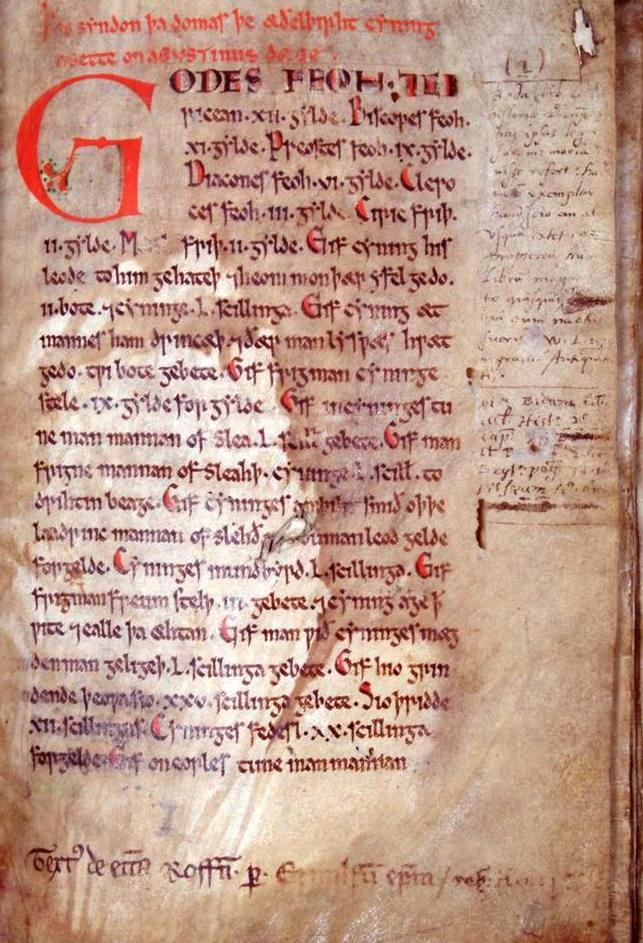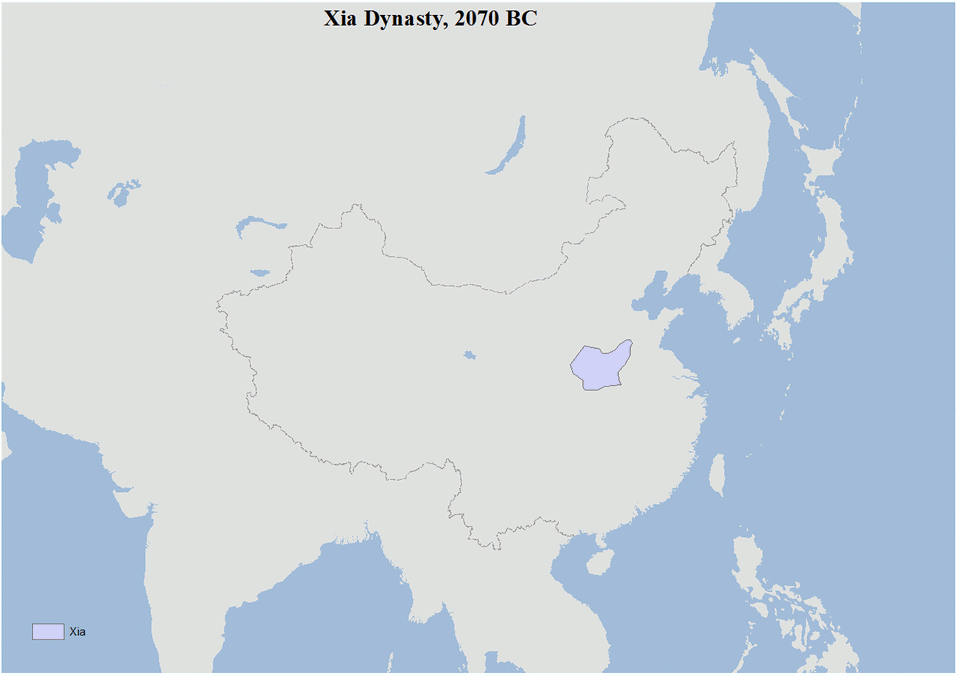|
690
__NOTOC__ Year 690 ( DCXC) was a common year starting on Saturday (link will display the full calendar) of the Julian calendar. The denomination 690 for this year has been used since the early medieval period, when the Anno Domini calendar era became the prevalent method in Europe for naming years. Events By place Britain * King Oswine of Kent is toppled by Wihtred, brother of the late king Eadric of Kent, after a 2-year reign. He takes his lands north of the River Thames, in revenge against the East Saxons (approximate date). Asia * October 16 – Wu Zetian ascends to the throne of the Tang Dynasty, and proclaims herself ruler of the Chinese Empire as "Holy and Divine Emperor". She becomes the first and only female "emperor" in 5,000 years of Chinese history. Wu Zetian changes the dynasty's name to the Zhou Dynasty, and begins to murder throne pretendants and ministers who try to oppose her. During her reign she elevates the status of Buddhism above Taoism. ... [...More Info...] [...Related Items...] OR: [Wikipedia] [Google] [Baidu] |
Wu Zetian
Wu Zetian (17 February 624 – 16 December 705), personal name Wu Zhao, was the ''de facto'' ruler of the Tang dynasty from 665 to 705, ruling first through others and then (from 690) in her own right. From 665 to 690, she was first List of Chinese consorts, empress consort of the Tang dynasty (as wife of the Emperor Gaozong of Tang, Emperor Gaozong) and then, after his death, List of Chinese consorts, empress dowager (ruling through her sons Emperors Emperor Zhongzong of Tang, Zhongzong and Emperor Ruizong of Tang, Ruizong). Unprecedented in Chinese history, she subsequently founded and ruled as empress regnant of the Zhou dynasty (690–705), Wu Zhou dynasty of China from 690 to 705. She was the only female Chinese sovereign, sovereign in the history of China widely regarded as legitimate. Under her 40-year reign, China grew larger, becoming one of the great powers of the world, its culture and economy were revitalized, and corruption in the court was reduced. She was remov ... [...More Info...] [...Related Items...] OR: [Wikipedia] [Google] [Baidu] |
Dynasties In Chinese History
Dynasties in Chinese history, or Chinese dynasties, were hereditary monarchical regimes that ruled over China during much of its history. From the legendary inauguration of dynastic rule by Yu the Great circa 2070 BC to the abdication of the Xuantong Emperor on 12 February 1912 in the wake of the Xinhai Revolution, China was ruled by a series of successive dynasties. Dynasties of China were not limited to those established by ethnic Han—the dominant Chinese ethnic group—and its predecessor, the Huaxia tribal confederation, but also included those founded by non-Han peoples. Dividing Chinese history into periods ruled by dynasties is a convenient method of periodization. Accordingly, a dynasty may be used to delimit the era during which a family reigned, as well as to describe events, trends, personalities, artistic compositions, and artifacts of that period. For example, porcelain made during the Ming dynasty may be referred to as "Ming porcelain". The word "dyn ... [...More Info...] [...Related Items...] OR: [Wikipedia] [Google] [Baidu] |
Tang Dynasty
The Tang dynasty (, ; zh, t= ), or Tang Empire, was an imperial dynasty of China that ruled from 618 to 907 AD, with an interregnum between 690 and 705. It was preceded by the Sui dynasty and followed by the Five Dynasties and Ten Kingdoms period. Historians generally regard the Tang as a high point in Chinese civilization, and a golden age of cosmopolitan culture. Tang territory, acquired through the military campaigns of its early rulers, rivaled that of the Han dynasty. The Lǐ family () founded the dynasty, seizing power during the decline and collapse of the Sui Empire and inaugurating a period of progress and stability in the first half of the dynasty's rule. The dynasty was formally interrupted during 690–705 when Empress Wu Zetian seized the throne, proclaiming the Wu Zhou dynasty and becoming the only legitimate Chinese empress regnant. The devastating An Lushan Rebellion (755–763) shook the nation and led to the decline of central authority in the dynas ... [...More Info...] [...Related Items...] OR: [Wikipedia] [Google] [Baidu] |
Wihtred Of Kent
Wihtred ( la, Wihtredus) ( – 23 April 725) was king of Kent from about 690 or 691 until his death. He was a son of Ecgberht I and a brother of Eadric. Wihtred ascended to the throne after a confused period in the 680s, which included a brief conquest of Kent by Cædwalla of Wessex, and subsequent dynastic conflicts. His immediate predecessor was Oswine, who was probably descended from Eadbald, though not through the same line as Wihtred. Shortly after the start of his reign, Wihtred issued a code of laws—the Law of Wihtred—that has been preserved in a manuscript known as the '' Textus Roffensis''. The laws pay a great deal of attention to the rights of the Church (of the time period), including punishment for irregular marriages and for pagan worship. Wihtred's long reign had few incidents recorded in the annals of the day. He was succeeded in 725 by his sons, Æthelberht II, Eadberht I, and Alric. Kent in the late seventh century The dominant force i ... [...More Info...] [...Related Items...] OR: [Wikipedia] [Google] [Baidu] |
China
China, officially the People's Republic of China (PRC), is a country in East Asia. It is the world's List of countries and dependencies by population, most populous country, with a Population of China, population exceeding 1.4 billion, slightly ahead of India. China spans the equivalent of five time zones and Borders of China, borders fourteen countries by land, the List of countries and territories by land borders, most of any country in the world, tied with Russia. Covering an area of approximately , it is the world's third List of countries and dependencies by area, largest country by total land area. The country consists of 22 provinces of China, provinces, five autonomous regions of China, autonomous regions, four direct-administered municipalities of China, municipalities, and two special administrative regions of China, Special Administrative Regions (Hong Kong and Macau). The national capital is Beijing, and the List of cities in China by population, most populous cit ... [...More Info...] [...Related Items...] OR: [Wikipedia] [Google] [Baidu] |
York
York is a cathedral city with Roman Britain, Roman origins, sited at the confluence of the rivers River Ouse, Yorkshire, Ouse and River Foss, Foss in North Yorkshire, England. It is the historic county town of Yorkshire. The city has many historic buildings and other structures, such as a York Minster, minster, York Castle, castle, and York city walls, city walls. It is the largest settlement and the administrative centre of the wider City of York district. The city was founded under the name of Eboracum in 71 AD. It then became the capital of the Roman province of Britannia Inferior, and later of the kingdoms of Deira, Northumbria, and Jórvík, Scandinavian York. In the Middle Ages, it became the Province of York, northern England ecclesiastical province's centre, and grew as a wool-trading centre. In the 19th century, it became a major railway network hub and confectionery manufacturing centre. During the Second World War, part of the Baedeker Blitz bombed the city; it ... [...More Info...] [...Related Items...] OR: [Wikipedia] [Google] [Baidu] |
Oswine Of Kent
Oswine, King of Kent, jointly with Swæfberht and Swæfheard. Oswine is known from charters: onis dated 26 January 690, witnessed by Swæfheard, and implies Oswine's descent from Eormenred of Kent, Eormenred; and a thir which is undated, but again witnessed by Swæfheard, expresses Oswine's gratitude for his restoration to the kingdom of his fathers (''gratias refero miserenti Deo omnipotenti qui confirmauit me in regno patrum meorum et dedit mihi domum cognationis mee''). Background After the death of Eadric of Kent, Kent was in turmoil. Cædwalla of Wessex invaded in 686 and installed his brother Mul of Kent as king. Mul was killed in an uprising a year later. Cædwalla returned and laid waste to Kent leaving it in a state of chaos. He may have ruled Kent directly after this second invasion. However, he abdicated in 688 and went on a pilgrimage to Rome, possibly because he was dying of wounds suffered while fighting on the Isle of Wight. Charters Oswine was of the royal hous ... [...More Info...] [...Related Items...] OR: [Wikipedia] [Google] [Baidu] |
Chinese History
The earliest known written records of the history of China date from as early as 1250 BC, from the Shang dynasty (c. 1600–1046 BC), during the reign of king Wu Ding. Ancient historical texts such as the '' Book of Documents'' (early chapters, 11th century BC), the '' Bamboo Annals'' (c. 296 BC) and the '' Records of the Grand Historian'' (c. 91 BC) describe a Xia dynasty before the Shang, but no writing is known from the period, and Shang writings do not indicate the existence of the Xia. The Shang ruled in the Yellow River valley, which is commonly held to be the cradle of Chinese civilization. However, Neolithic civilizations originated at various cultural centers along both the Yellow River and Yangtze River. These Yellow River and Yangtze civilizations arose millennia before the Shang. With thousands of years of continuous history, China is among the world's oldest civilizations and is regarded as one of the cradles of civilization. The Zhou dynasty (1046–256 B ... [...More Info...] [...Related Items...] OR: [Wikipedia] [Google] [Baidu] |
Order Of Saint Benedict
, image = Medalla San Benito.PNG , caption = Design on the obverse side of the Saint Benedict Medal , abbreviation = OSB , formation = , motto = (English: 'Pray and Work') , founder = Benedict of Nursia , founding_location = Subiaco Abbey , type = Catholic religious order , headquarters = Sant'Anselmo all'Aventino , num_members = 6,802 (3,419 priests) as of 2020 , leader_title = Abbot Primate , leader_name = Gregory Polan, OSB , main_organ = Benedictine Confederation , parent_organization = Catholic Church , website = The Benedictines, officially the Order of Saint Benedict ( la, Ordo Sancti Benedicti, abbreviated as OSB), are a monastic religious order of the Catholic Church following the Rule of Saint Benedict. They are also sometimes called the Black Monks, in reference to the colour of their religious habits. They ... [...More Info...] [...Related Items...] OR: [Wikipedia] [Google] [Baidu] |
Eadric Of Kent
Eadric (died August 686/ 687?) was a King of Kent (685–686). He was the son of Ecgberht I. Historical context In the 7th century the Kingdom of Kent had been politically stable for some time. According to Bede: Eorcenberht was succeeded by his sons Ecgberht (664-673) and Hlothhere (673-685). Ecgberht's court seems to have had many diplomatic and ecclesiastic contacts. He hosted Wilfrid and Benedict Biscop, and provided escorts to Archbishop Theodore and Abbot Adrian of Canterbury for their travels in Gaul. However, increasing dynastic tensions occurred at this time, when according to tradition Ecgberht had his cousins Æthelred and Æthelberht murdered, effectively removing them as they had a strong claim on the throne. Joint ruler of Kent? Hlothhere succeeded his brother as ruler of Kent in 673. It was not unusual for Kent to be divided between rulers at that time. However although there has been some suggestion that Eadric jointly ruled with his uncle Hlo ... [...More Info...] [...Related Items...] OR: [Wikipedia] [Google] [Baidu] |
Chinese Buddhism
Chinese Buddhism or Han Buddhism ( zh, s=汉传佛教, t=漢傳佛教, p=Hànchuán Fójiào) is a Chinese form of Mahayana Buddhism which has shaped Chinese culture in a wide variety of areas including art, politics, literature, philosophy, medicine and material culture. Chinese Buddhism is the largest institutionalized religion in Mainland China.Cook, Sarah (2017). The Battle for China's Spirit: Religious Revival, Repression, and Resistance under Xi Jinping.' Freedom House Report. Rowman & Littlefield. Currently, there are an estimated 185 to 250 million Chinese Buddhists in the People's Republic of China. It is also a major religion in Taiwan, Singapore, and Malaysia, as well as among the Chinese Diaspora. Buddhism was first introduced to China during the Han Dynasty (202 BCE–220 CE). The translation of a large body of Indian Buddhist scriptures into Chinese and the inclusion of these translations (along with Taoist and Confucian works) into a Chinese Buddh ... [...More Info...] [...Related Items...] OR: [Wikipedia] [Google] [Baidu] |
October 16
Events Pre-1600 * 456 – Ricimer defeats Avitus at Piacenza and becomes master of the Western Roman Empire. * 690 – Empress Wu Zetian ascends to the throne of the Tang dynasty and proclaims herself ruler of the Chinese Empire. * 912 – Abd ar-Rahman III becomes the eighth Emir of Córdoba. * 955 – King Otto I defeats a Slavic revolt in what is now Mecklenburg-Vorpommern. * 1311 – The Council of Vienne convenes for the first time. * 1384 – Jadwiga is crowned King of Poland, although she is a woman. * 1590 – Prince Gesualdo of Venosa murders his wife and her lover. 1601–1900 * 1736 – Mathematician William Whiston's predicted comet fails to strike the Earth. *1780 – American Revolutionary War: The British-led Royalton raid is the last Native American raid on New England. * 1780 – The Great Hurricane of 1780 finishes after its sixth day, killing between 20,000 and 24,000 residents of the Lesser Antilles. *1793 &nd ... [...More Info...] [...Related Items...] OR: [Wikipedia] [Google] [Baidu] |






